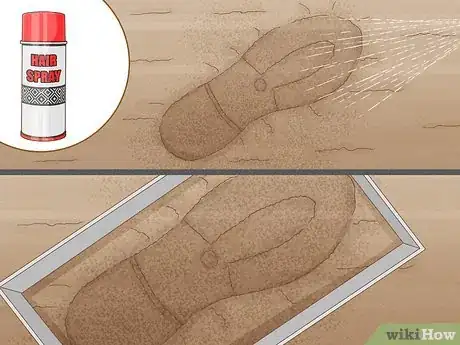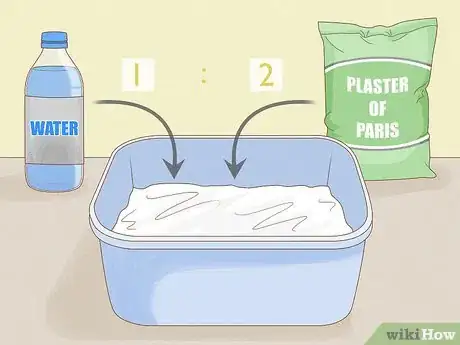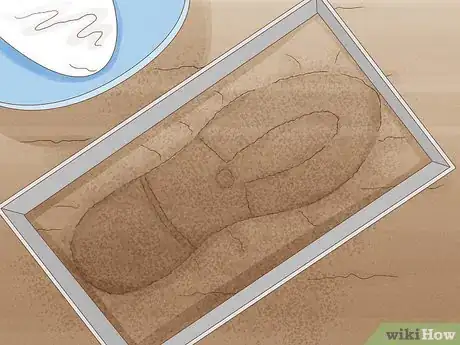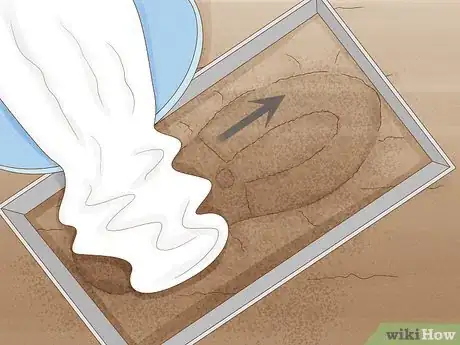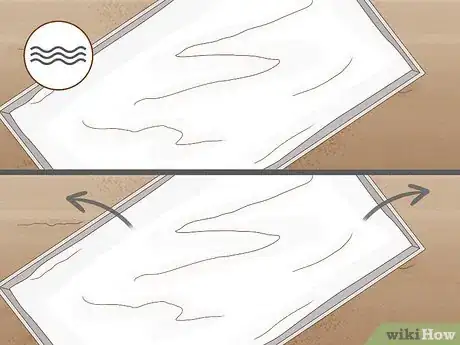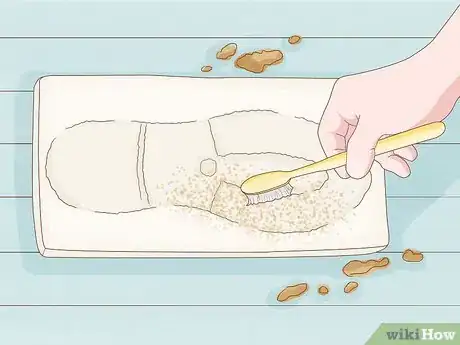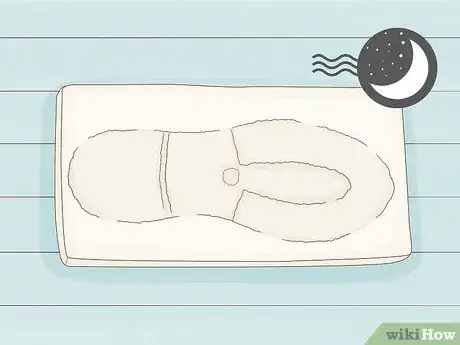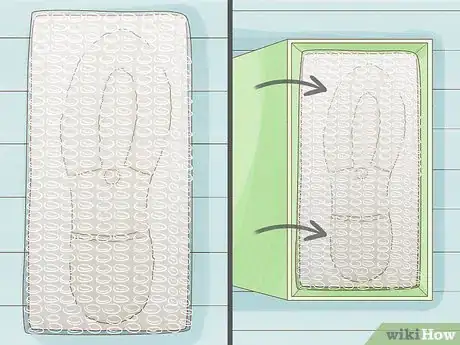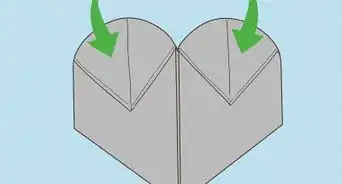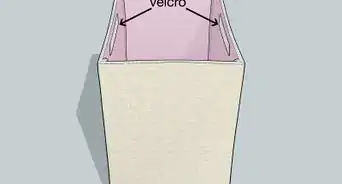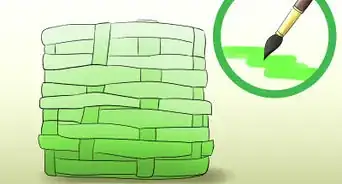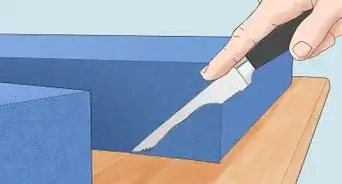Level up your crime scene investigation skills with this simple tutorial
X
wikiHow is a “wiki,” similar to Wikipedia, which means that many of our articles are co-written by multiple authors. To create this article, 48 people, some anonymous, worked to edit and improve it over time.
This article has been viewed 59,871 times.
Learn more...
It is sometimes necessary at a crime scene to make a cast of footwear or tire mark impression in soil. Plaster of Paris can be used to make a quick-drying and -setting cast of an impression. This preserves the mark for later examination by a forensic scientist. Although there are proprietary casting materials available, Plaster of Paris is sufficient.
The process is not difficult—plus, it can be used for other purposes, like making casts of animal footprints.
Things You Should Know
- Clear away any extra soil or pebbles from the area you're trying to cast. If the base material is loose, spritz over it with hairspray.
- Pour Plaster of Paris into one end of the impression and let it flow to the opposite end. Don't pour the mixture directly in the middle.
- Remove the cast from the impression and give it a night to dry before cleaning it off.
- Let the cast dry overnight again and transport it carefully.
Steps
Things you'll need
- One pound of Plaster of Paris in a strong plastic bag.
- One pint (500ml) of water in a plastic bottle.
- Can of hairspray (optional).
- A small trowel or spade.
- A paint brush.
- An old toothbrush.
- Paper exhibit label on a piece of string (optional).
- Digital camera (optional).
- Ruler (optional).
- Paper towels.
- Cardboard strips to enclose the cast area.
Warnings
- Note: A C.S.I. would also photograph the impression before casting it - using measuring scales (rulers) - so a full sized photograph of the mark can be made at a later date if required - even a C.S.I. does not always successfully recover an impression by casting it - this can depend on lots of circumstances such as the weather, or condition of the soil the impression is in).⧼thumbs_response⧽
- Please do not interfere with a real crime scene. A Crime Scene Investigator (C.S.I.) or Scenes of Crime officer (S.O.C.O.) is trained to expertly recover an impression so that the optimum (best) evidential value can be made of the cast by a Forensic Scientist. Evidence that could assist in solving a crime may be lost.⧼thumbs_response⧽
- If you should discover a footwear mark impression that may be from a real crime scene, you can assist the investigator by making sure it is not damaged by the weather, animals, or people walking on the area (including yourself), you can do this by placing a large box or container over the impression to protect it, and by informing the police officers or C.S.I. of the location of the impression as soon as possible. Please note, if the footwear mark is in snow DO NOT put a covering over it, this will make the area under the box warm up, and the impression will melt.⧼thumbs_response⧽
Advertisement
About This Article
Advertisement
